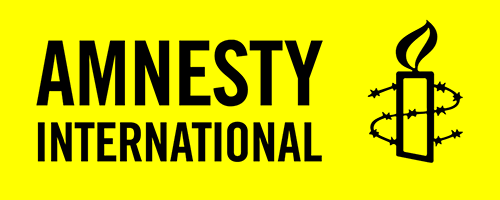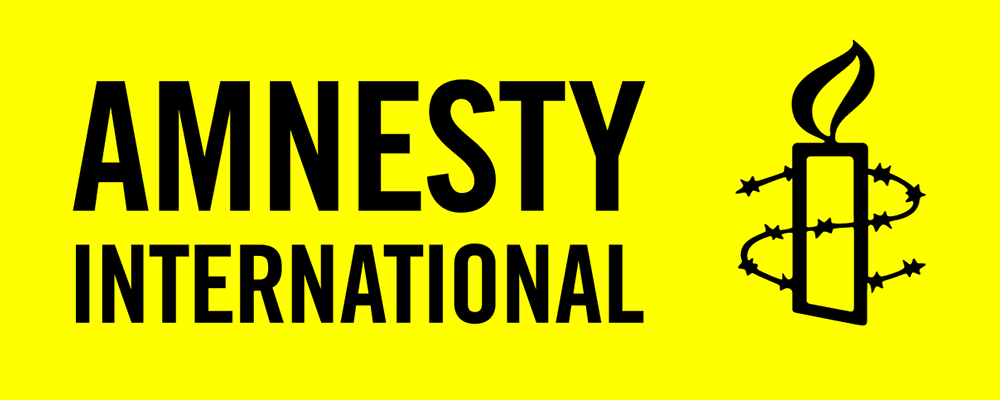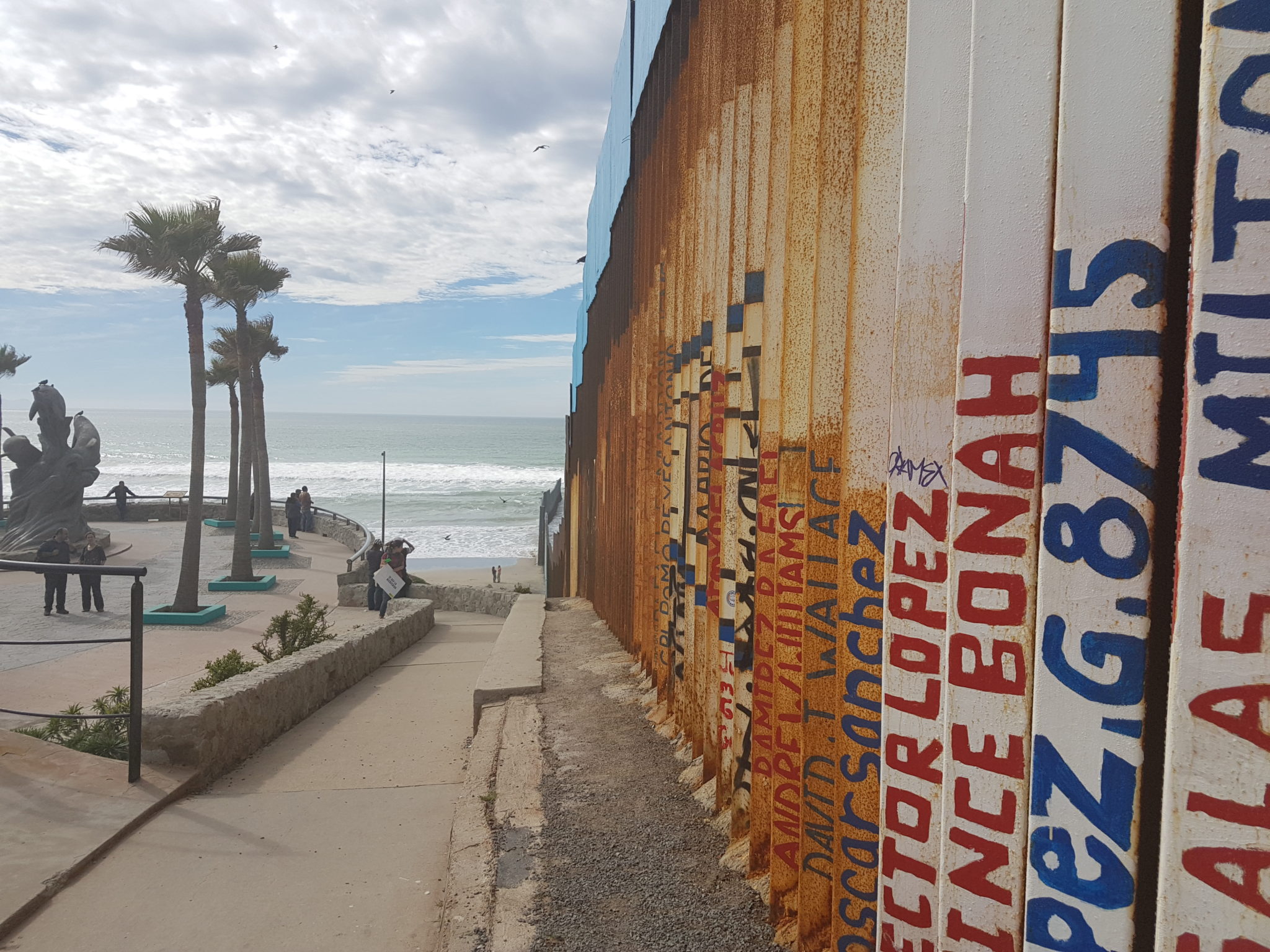An Amnesty International team recently returned from the US-Mexico border where they investigated how President Trump’s executive orders on immigration and border security threaten to affect thousands of people.
This is what they found.
What did you find at the border?
We spent almost two weeks visiting towns and cities on both sides of the US-Mexico border, talking to migrants, asylum seekers, human rights activists and government officials. We travelled the entire length of the land border, something that no other international human rights organization has done since Trump took office. We knew this was essential to get a clear picture of what was happening in what has become one of the most talked-about places on earth.
We were surprised by what we found.
Most places were quiet – but the kind of edgy quiet before a big storm kicks in. Because President Trump’s executive orders are setting the scene for what could turn into a full-blown refugee crisis.
We found people who fled extreme violence and are now living in utter fear of what could happen to them, and advocates working in shelters preparing for what could come next – including, many suspect, the potential arrival of more deportees from the USA.
So everything is fine?
Not at all.
As quiet as it seems on the surface, time and time again, migrants, asylum seekers, human rights workers and lawyers told us how President Trump’s executive orders have everyone on edge, feeling that an already bad situation could potentially turn into a full-blown refugee crisis.
Men, women and children desperate to secure asylum in the USA are often turned back arbitrarily by US Customs and Border Control Officers – something which has been happening for more than a year, pre-dating Trump’s rise to power. They are wrongly told, without much explanation, they are not eligible to ask for refugee status in the USA, thereby denying them the right to have their case heard by the relevant authorities. Nothing in the executive orders right now makes it legal for border agents to turn back asylum seekers at ports of entry into the US. But they are doing this nevertheless.
Those lucky enough to make it across to the US side, including many children, are automatically detained for indefinite periods.
Out of fear of being deported to the dangers they were desperately escaping from, many people are deciding not to cross the border and instead face limbo and insecurity in Mexico´s border region. President Trump’s executive orders that include measures to expand detention centres and hire thousands of new border control agents are very likely to make the situation even worse.
Who are the people trying to cross the border to the USA?
Most of the people trying to cross the US-Mexico border come from Guatemala, El Salvador and Honduras. Known together as Central America’s “Northern Triangle”, these countries have some of the highest murder rates on earth. Many of the people from these countries flee their countries as asylum seekers and can be considered refugees.
In 2015, the US granted only approximately 4% of all asylum applications lodged by people from Guatemala, Honduras and El Salvador in immigration courts.
And more recently, some Mexicans have started claiming asylum in the USA, terrified by the threat posed by the powerful drug cartels that control their home towns. Between seven to ten thousand Mexicans have requested asylum in the US each year since 2011.
However, despite what President Trump has said, the number of Mexicans crossing the border is at historically low levels and Mexican migration in general has been in sharp decline since 2008, in large part due to economic downturns in the US.
There are also smaller numbers of people arriving at this land border from countries in the Caribbean and Africa, where they have fled violence, natural disasters or economic hardship.
Is any of this new or has it been happening for a long time?
Turn backs, family separation and long-term detentions have made the US-Mexico border extremely dangerous for both migrants and refugees for years.
Somewhat out of the spotlight, the Obama administration created a well-oiled machine for detention and deportation. Border states such as Arizona have, for years, intentionally made life unbearably hard for migrants who do manage to make it across the border. One such measure is the controversial law SB 1070, which has in previous years allowed for law enforcement officers to take on the role of migration agents. Trump’s executive orders would effectively roll out this model nationwide, hunting down migrants and asylum seekers as if they were criminals.
So yes, the treatment of migrants and refugees at the border has been appalling for a long time, but there is no doubt that President Trump’s fresh offensive will make life increasingly insecure for people fleeing violence.
How does this situation compare with other refugee crises around the world?
What makes the refugee crisis in the Americas unique is that it is practically invisible.
While there has been a lot of attention in recent years on the tragedies facing millions of people across the Middle East, Africa and Asia, there is very little knowledge that the violence in countries such as Honduras and El Salvador is so extreme that thousands of people have been forced to flee for their lives. Some measurements have put homicide rates in El Salvador and Honduras as far surpassing those in commonly known war zones such as Iraq and Afghanistan, even when conflict related deaths are taken into account.
In the Northern Triangle of Central America, violent transnational criminal gangs exert control over entire territories as well as the lives of all who live on their “turf”. Just being seen on the opposite side of town from where you live, or failing to pay “taxes” to the gang in control can mean a death sentence.
Bruno (not his real name) is one of the many who have fled such tyranny in El Salvador. Speaking to us in a small apartment on the US-Mexico border, he told us he witnessed how a gang murdered a young volunteer of a local emergency rescue group in 2016. Bruno told us he reported the incident to the authorities in El Salvador but shortly after, the gang threated to kill him. He is now in hiding in Mexico but he does not feel safe there on the border with the US and he does not want to ask for asylum in the USA because he’s scared he will get detained and sent back to El Salvador. He told Amnesty International: “I can’t go back. If I do, they will kill me”.
Bruno faces an impossible choice: either live in constant fear or try to seek asylum in the USA, risking the possibility of being detained indefinitely or forced to go back to a violent death at home.
Instead of building a wall of hate, which will only push people deeper into a dark network of abuses and people smugglers, President Trump must ensure the USA takes responsibility for helping some of the tens of thousands of people desperately seeking safety. Many lives depend on it.


